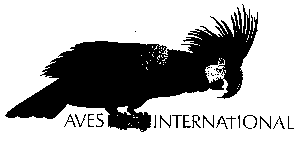 |
what to expect, dos and don'ts |
|
|
|
|
|
|
|
|
|
|
|
|
|
|
|
|
|
|
Main Page
|
(prices and availability) |
FAQs regarding reserving a baby with us and our waiting lists please read
The information on this page was written in reference to birds sold by Aves International only. Others, please read this as a guideline that we hope will be helpful to you. We regret that we cannot answer questions nor give advice by e-mail or telephone in regard to birds not purchased from our facility.


